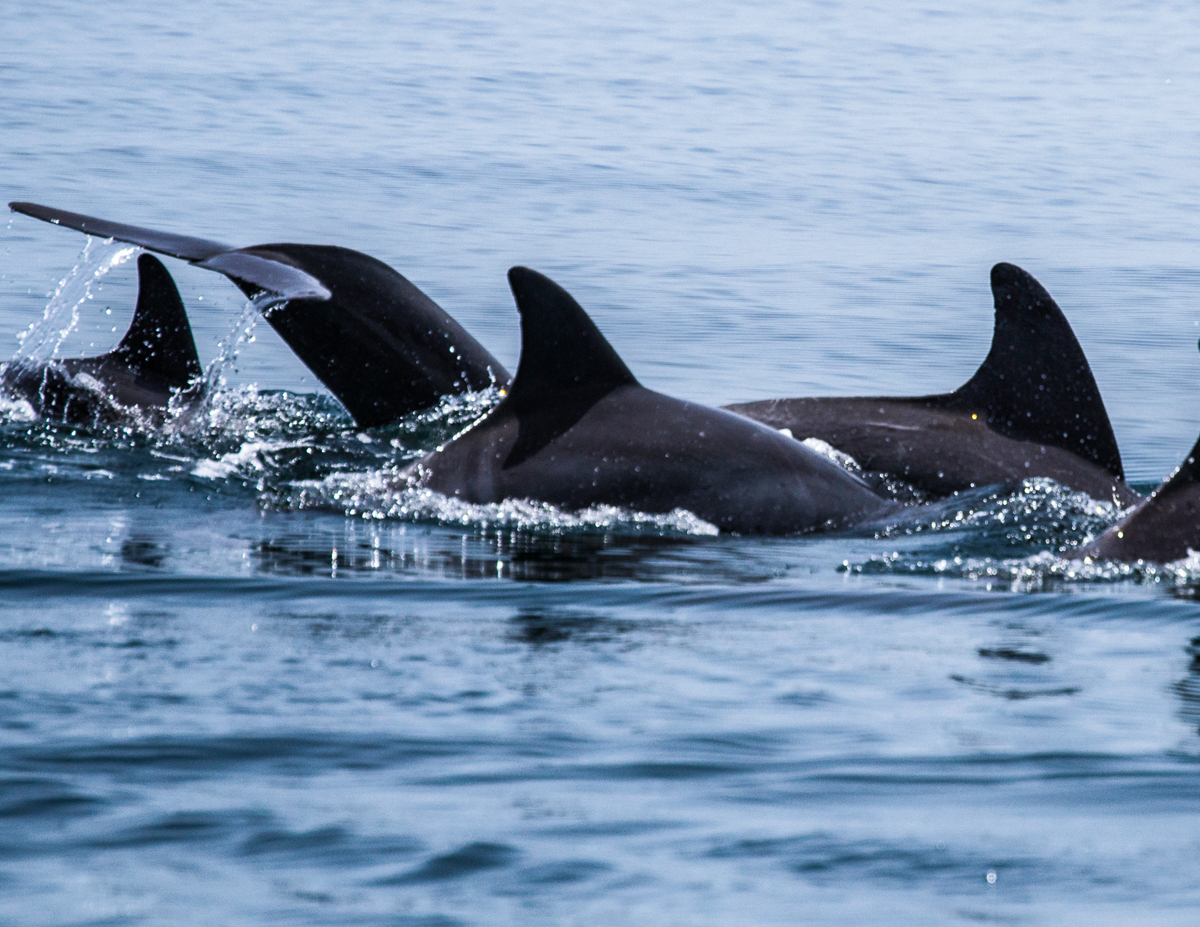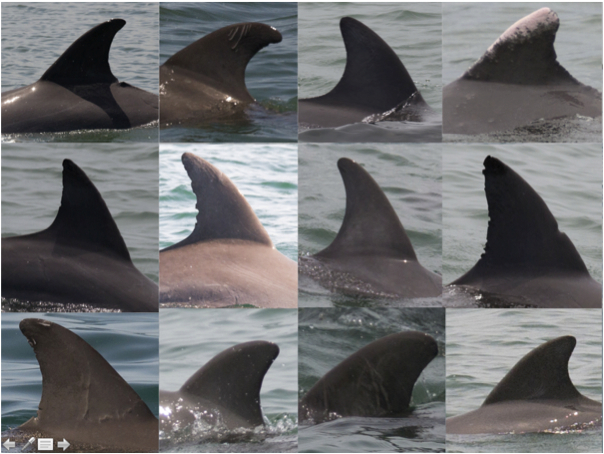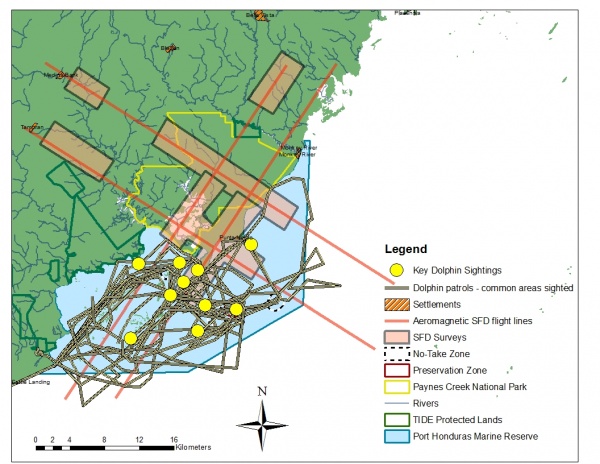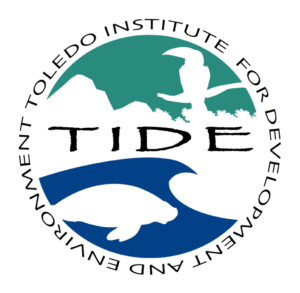Dolphin research in Port Honduras Marine Reserve (PHMR) has been carried out to establish baseline information on the populations present in the reserve. TIDE gathered information on dolphins in response to Providence Energy’s proposal to conduct seismic and oil exploration in Port Honduras Marine Reserve (PHMR). Seismic testing is known to have caused negative impacts on the dolphins around the world and thus there is great concern over the impact of proposed seismic testing on cetaceans living in PHMR.

ECOSUR Master’s student Jorge Rojas, supervised by TIDE science director James Foley carried out the research by surveying PHMR to estimate the population of adults and calves in each pod of both bottlenose dolphins (Tursiops truncates) and spotted dolphins (Stenella attenuate). A photo ID database of each dolphin’s dorsal fin was created to identify individual dolphins in the reserve due to their distinct markings and 52 dolphins were successfully identified. This helped determine whether dolphins are residents or visitors as well as understanding the social structure, such as on the number of individuals, birth rate estimates, mortality, and migration. By understanding distribution and habitat use, the research could predict whether dolphins would be affected by oil exploration.

Results
A key finding of Rojas’ study was that some areas of PHMR have higher concentrations of dolphins than others. Areas around Payne’s Creek Lagoon, Deep River and Punta Ycacos were observed to have the highest abundances. However, Providence Energy Group has conducted aerial aeromagnetic surveys and is planning to conduct seismic surveys that traverse both these areas. This would have a serious deleterious impact on dolphin populations. It was also noticed that three individuals had a skin disease. Others had markings suggestive of boat strikes and other injuries that helped with uniquely identifying individuals.

One main cause of concern is the use of seismic testing as oil companies send waves of sound through the surface of the water and the Earth’s crust to explore for petroleum deposits. A reduction in the dolphin population could lead to a cascade effect within the trophic levels in PHMR due to a decrease in fish predators. The presence of dolphins is an indicator of healthy fish stocks.

Oil exploration has not yet been carried out in the area, but our research will be used to inform and provide recommendations for minimising impact of oil development on our Protected Areas.
Please download Rojas’s complete report (pdf) below:
